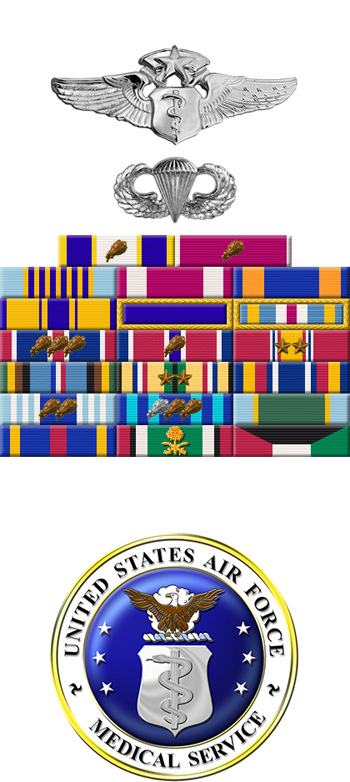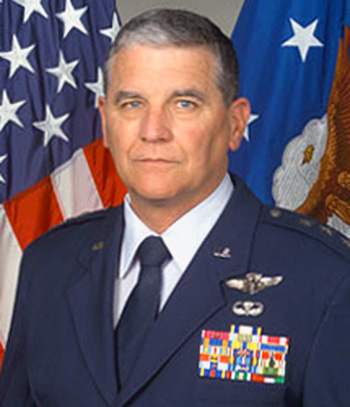
|
Paul K. Carlton, Jr. |
 |
|||
| Rank, Service | ||||
Lieutenant General O-9, U.S. Air Force |
||||
| Veteran of: | ||||
|
||||
| Tribute: | ||||
Paul Carlton was born on May 13, 1947, in Roswell, New Mexico. He entered the U.S. Air Force Academy in June 1965, and was commissioned a 2d Lt in the U.S. Air Force on June 4, 1969. Lt Carlton then attended the University of Colorado in Denver, Colorado, receiving his Doctor of Medicine in May 1973. Maj Carlton next completed his General Surgery Residency at Wilford Hall Medical Center at Lackland AFB, Texas, in June 1978, followed by service as Staff Surgeon at RAF Lakenheath, England, from June 1978 to April 1979. His next assignment was as Chief of General Surgery at the U.S. Air Force Hospital at Luke AFB, Arizona, from April 1979 to May 1982, and then as Chairman of the Department of Surgery at the U.S. Air Force Regional Medical Center at Wiesbaden AB, West Germany, from May 1982 to August 1985. Col Carlton served as Commander of the U.S. Air Force Hospital at Torrejon AB, Spain, from August 1985 to May 1988, followed by service as Commander of the U.S. Air Force Medical Center at Scott AFB, Illinois, from May 1988 to August 1991. During this time he deployed to Southwest Asia in support of Operation Desert Shield and Desert Storm as Commander of the 1702nd Air Refueling Wing Contingency Hospital from October 1990 to March 1991. Gen Carlton's next assignment was as Director of Medical Services and Training with Headquarters Air Education and Training Command at Randolph AFB, Texas, from August 1991 to September 1994, and then as Commander of the 59th Medical Wing at Wilford Hall Medical Center at Lackland AFB from September 1994 to May 1999. He served as Commander and Director of the Air Force Medical Operations Agency in the Office of the Surgeon General at Bolling AFB, Washington, D.C., from May to November 1999, followed by service as the 17th Surgeon General of the Air Force from December 1999 until his retirement from the Air Force on December 1, 2002. |
||||
|
||||

